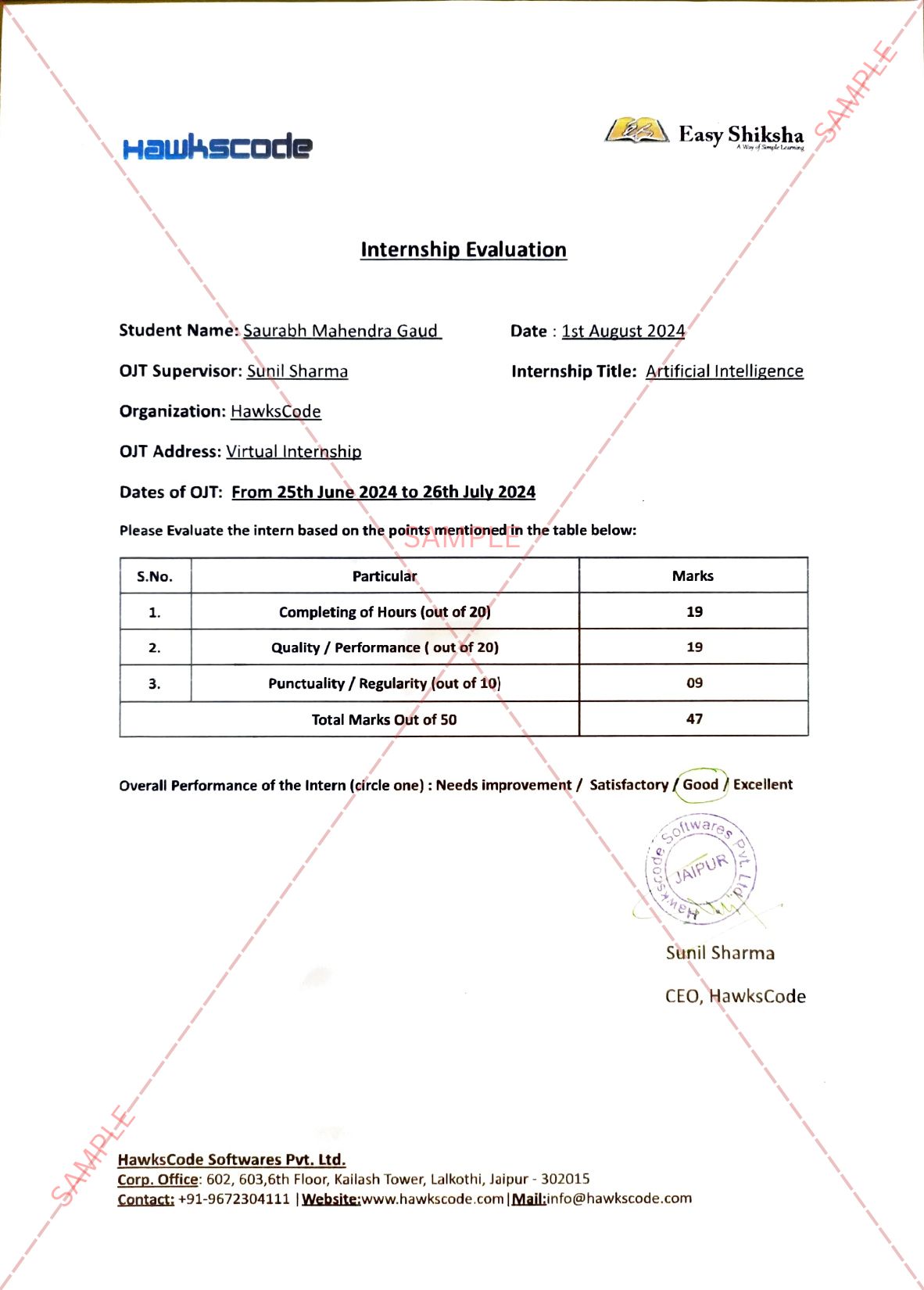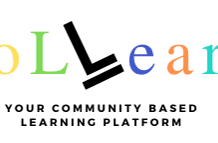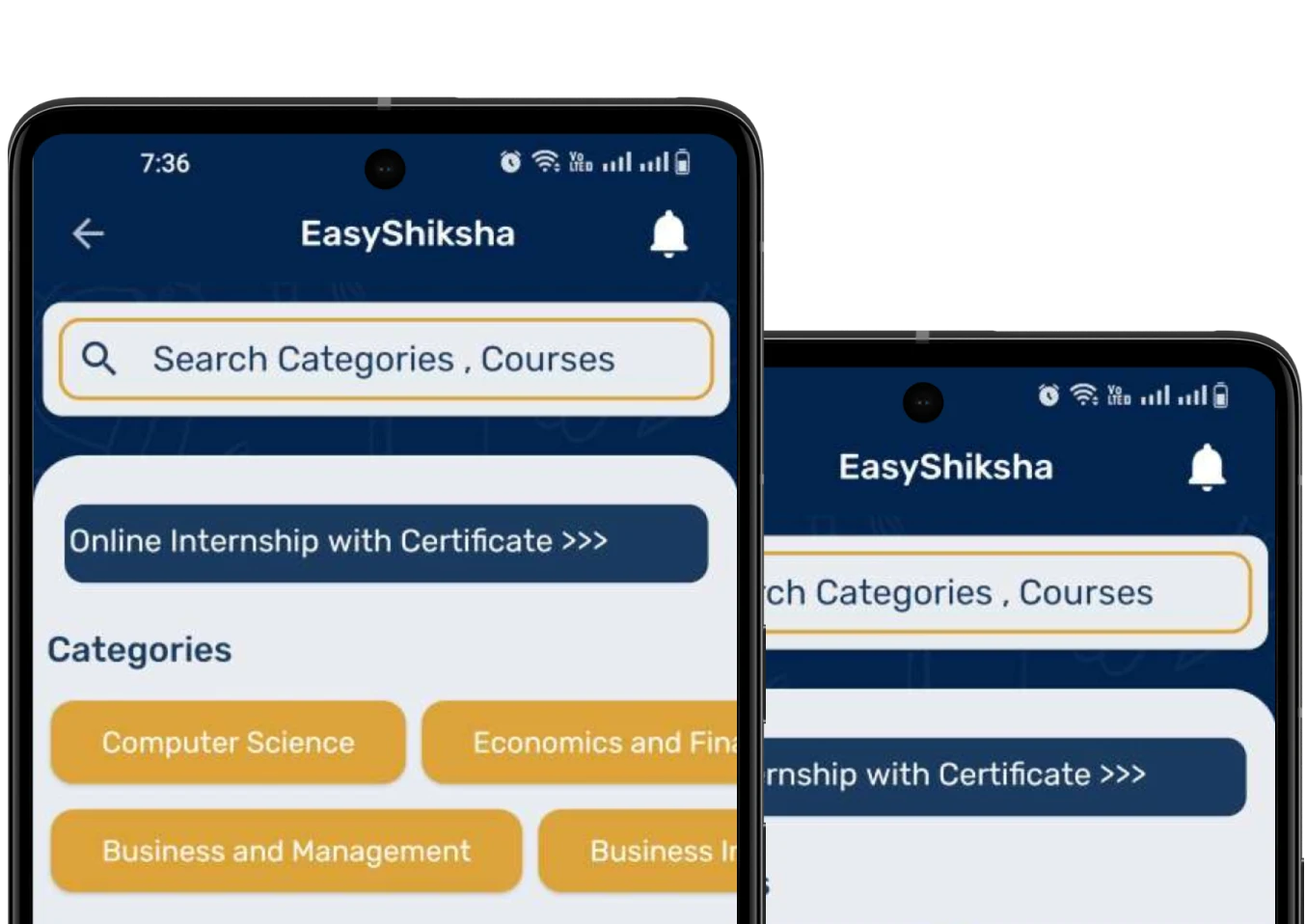International students represent one of the fastest-growing demographics in global migration, and Canada has positioned itself as one of the preferred choices for many. India is at the top with almost 6 lakh+ study permit applications. But behind every student landing in a new country, whether it is Canada or somewhere else, there lies a complex web of financial logistics. Traditionally, sending tuition fees, Guaranteed Investment Certificates (GICs), and living expenses across borders involved high fees, slow processing times, and an overwhelming amount of paperwork.
Now, a quiet revolution is underway. Fintech companies are offering innovative, digital-first solutions that streamline these processes. These solutions are not just about convenience but about empowering students financially during one of the most critical phases of their lives.
ALSO READ: Narayana College of Health Sciences Adopts Unified Brand Identity
Bureaucracy to borderless finance
For many years, international remittances operated on the assumption that sending money across borders should be expensive and cumbersome. The entrenched systems of traditional banks dominated by manual processes, in-person verifications, and opaque fee structures often failed to meet the urgency and simplicity that students needed. In many cases, delays in tuition payments or GIC deposits could jeopardize visa applications or academic timelines. Enter the new wave of fintech innovation, which is flipping this model on its head. Today’s digital platforms are engineered specifically for the needs of immigrants and students, offering fully online onboarding, optimized exchange rates, and transparent fee structures. These platforms often come with regulatory approvals from central banks in countries of origin, ensuring compliance without sacrificing speed.
More importantly, they integrate remittance services with digital wallets, allowing students to receive, hold, and use funds immediately upon arrival, or even before. This end-to-end functionality is eliminating the friction points that once defined the student financial journey.
The conception of pre-arrival banking
One of the most notable innovations is the concept of pre-arrival banking. Traditionally, students wait until they arrive in Canada to open a bank account, often requiring a local address, Social Insurance Number (SIN), and in-person visits. This delayed their ability to manage money efficiently during the critical first weeks of settlement. Now, students can open and fund a digital wallet months in advance, all from their home country. This wallet can be used to pay for tuition, transfer funds for GICs, and cover living expenses from day one. After arrival, it becomes the student’s primary financial hub, complete with a linked Visa card for everyday transactions, bill payments, and even salary deposits. This evolution reflects a broader trend in fintech i.e, not just solving problems, but anticipating them.
What makes this model particularly powerful is its accessibility. By eliminating the need for Canadian-specific documentation at the outset, it levels the playing field for newcomers who are still navigating the bureaucracy of a new country. It also fosters financial literacy and independence early in the student’s journey, laying the groundwork for long-term financial inclusion.
New ecosystem of support
The rise of digital financial platforms is also creating new ecosystems of support that extend far beyond banking. Many of these platforms now serve as Super Apps. These are comprehensive hubs that combine financial tools with educational content, migration checklists, and settlement resources. This holistic approach recognizes that financial empowerment is truly about information and confidence. These ecosystems are backed by strategic partnerships with organizations that support immigrant and student communities. Whether it’s access to pre-departure planning tools, digital GIC services, or employment resources, today’s platforms are becoming launchpads for broader life integration. In effect, they are redefining the concept of financial services for newcomers, not as a siloed experience, but as a critical part of the settlement journey.
The future of cross-border student finance
The trajectory of student remittances mirrors the broader fintech evolution: from cumbersome, legacy systems to customer-centric, digital-first platforms.. In this landscape, digital-first platforms that cater specifically to newcomers are carving out a powerful niche. They are lowering costs while raising expectations. This revolution is also a timely one. As international student numbers continue to rise, governments, educational institutions, and financial regulators will increasingly rely on fintech partners to ensure equitable access and financial stability for this vital population.
In Canada, where the student population is becoming increasingly diverse and digitally savvy, these innovations provide a competitive edge. The institutions and platforms need to understand this and the ones who do will redefine the standard for financial inclusion in the 21st century.
Platforms like EasyShiksha.com leverage retargeting to re-engage learners, making it an essential strategy for online education and beyond. Implement these best practices to refine your retargeting approach and achieve long-term success.





































































